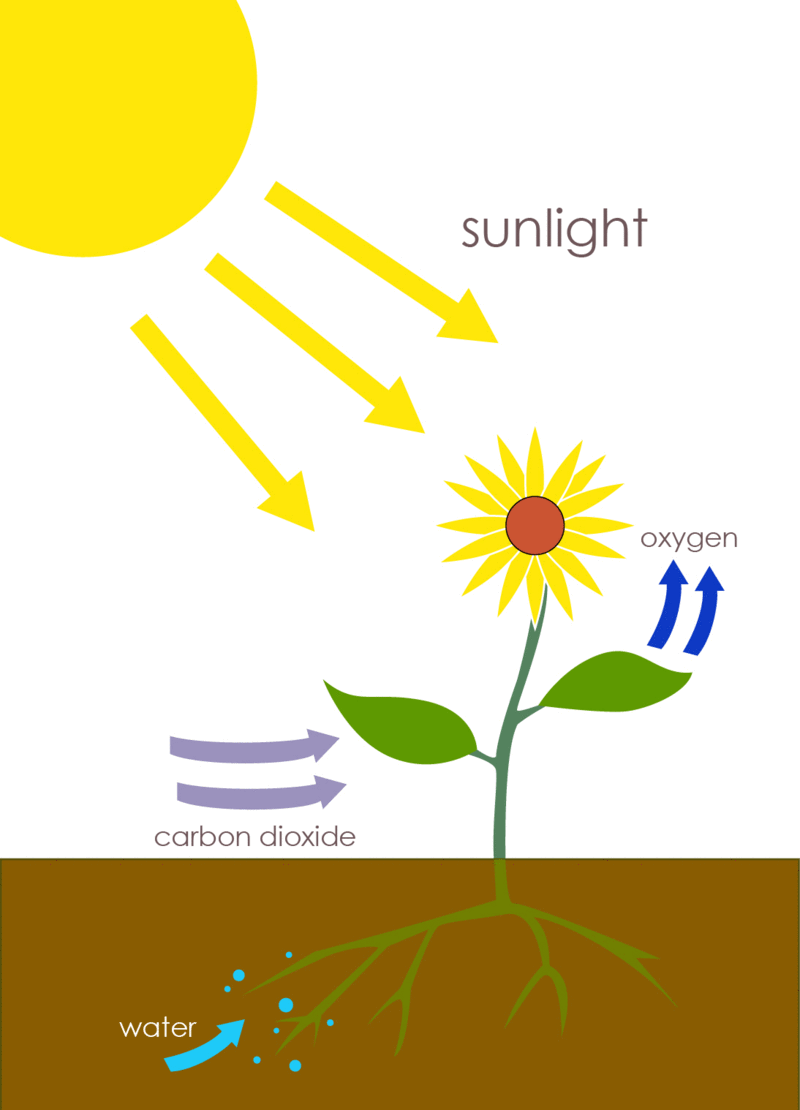
Normally, photosynthesis happens in a microorganism that has light absorbing pigments called chlorophyll A and B, and the organism strips electrons from carbon dioxide and water to create sugar and oxygen.

There has been multiple attempts to achieve artificial photosynthesis by borrowing components of plants that serve as photosynthesizing parts. However, a recent research performed by Angela Belcher and her team at the Massachusetts Institute of Technology suggests a new way of artificial photosynthesis using nanotechnology, which is recreating a new system that borrows only a method that plants photosynthesize, not an actual part of the plant. Also, a team of researchers from the UC Berkeley has created a system of semiconducting nanowires and bacteria that mimics the natural photosynthetic process, which can be a revolutionary technology to produce fuels in more sustainable and renewable way.
This new way of making a nanoscale components could become a huge development for alternative energy source since the scientists can duplicate, expand and customize to improve capacity and efficiency of artificial photosynthesis. Also, it amazed me how nanotechnology can achieve complicated microorganisms by building molecules up.
Reference articles :
"Scientists Create Artificial Photosynthesis System." Breaking Science News. N.p., n.d. Web. 20 Apr. 2016. <http://www.sci-news.com/othersciences/chemistry/science-artificial-photosynthesis-system-02710.html>.
Johnson, Dexter. "Artificial Photosynthesis Achieved with Nanotechnology." - IEEE Spectrum. N.p., 12 Apr. 2010. Web. 20 Apr. 2016. <http://spectrum.ieee.org/nanoclast/semiconductors/nanotechnology/artificial-photosynthesis-achieved-with-nanotechnology->.
Vidyasagar, By Aparna. "What Is Photosynthesis?" LiveScience. TechMedia Network, 31 July 2015. Web. 20 Apr. 2016. <http://www.livescience.com/51720-photosynthesis.html>.
"Stacking Semiconductors for Artificial Photosynthesis." Stacking Semiconductors for Artificial Photosynthesis. N.p., n.d. Web. 20 Apr. 2016. <http://www.nanowerk.com/nanotechnology-news/newsid=40256.php>.
"Major Advance in Artificial Photosynthesis Poses Win/Win for the Environment." News Center. N.p., 16 Apr. 2015. Web. 20 Apr. 2016. <http://newscenter.lbl.gov/2015/04/16/major-advance-in-artificial-photosynthesis/>.
No comments:
Post a Comment